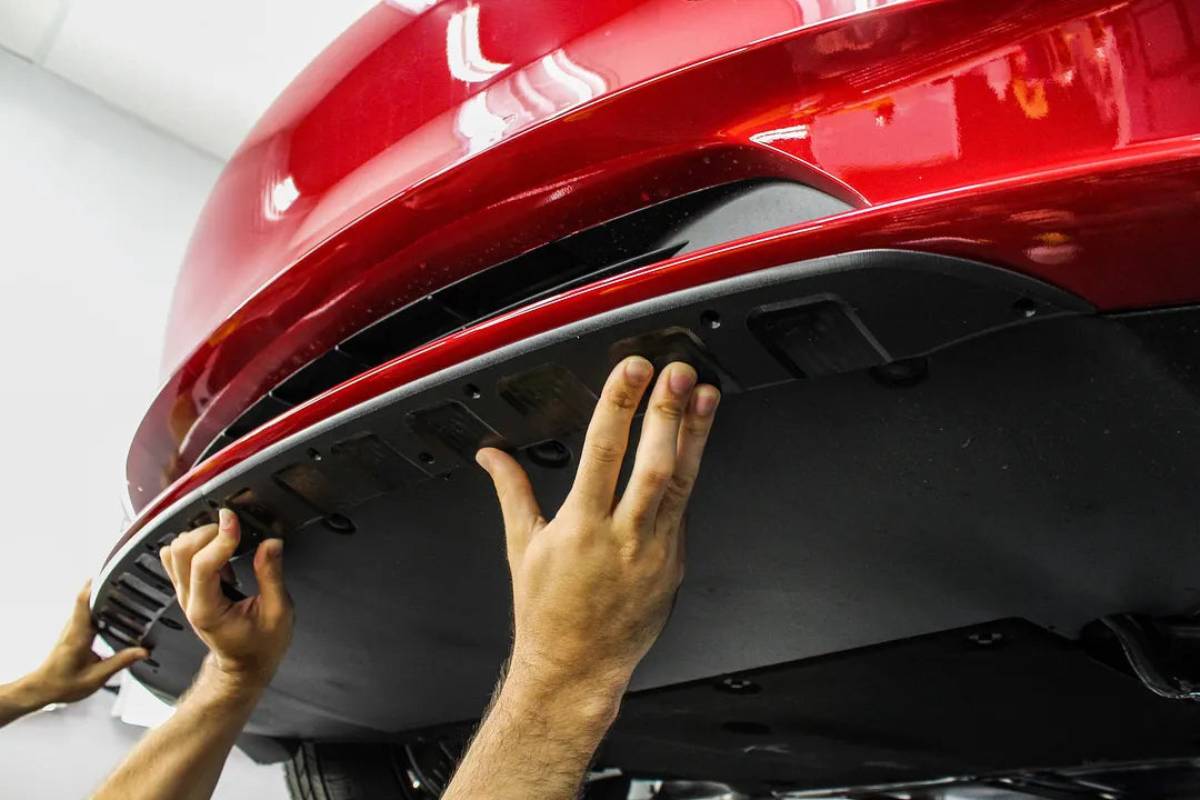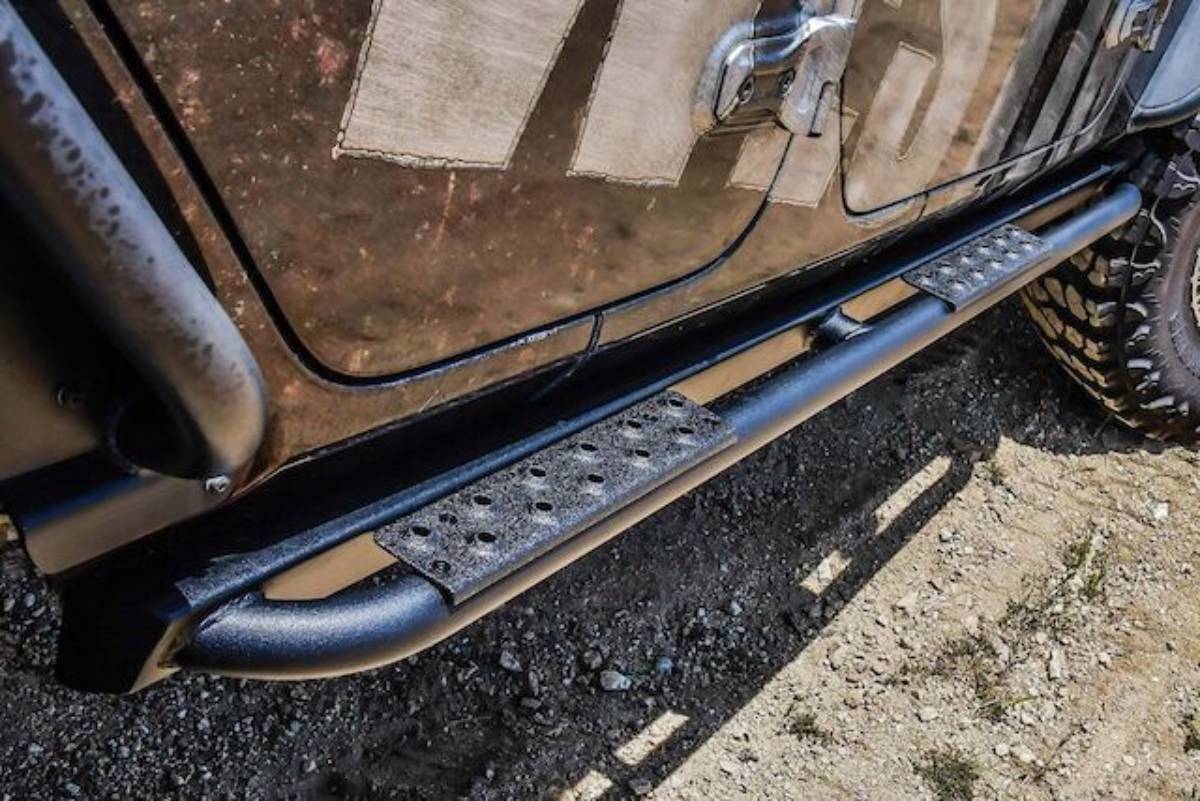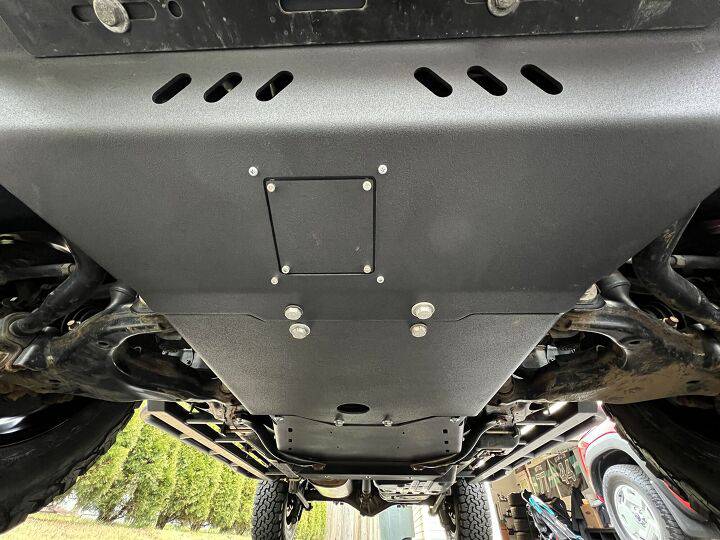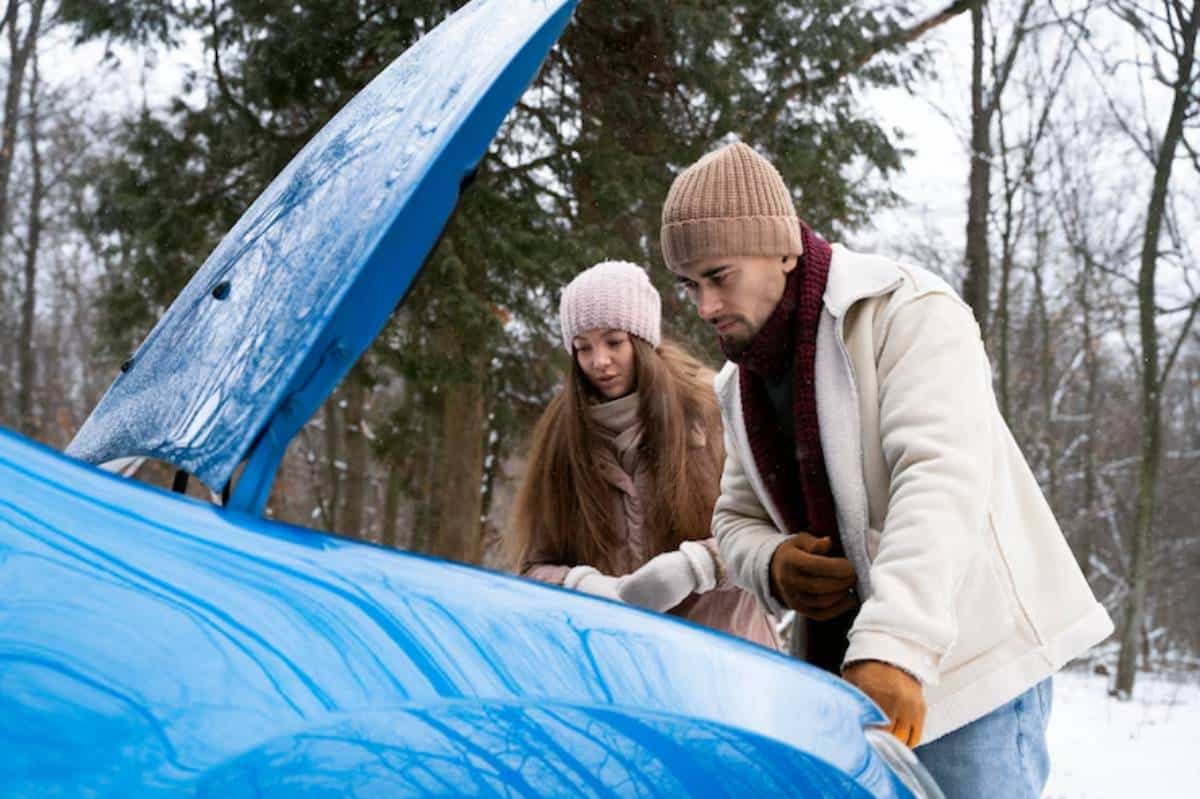
Skid Plates vs Rock Sliders: What to Install First
You’re building out your 4×4 for more serious off-road use. The big tyres are on, and the suspension’s upgraded, but now you’re eyeing underbody protection. Two names keep coming up rock sliders and skid plates. Both are vital, both protect key components, and both add weight. So, which should come first?
Whether you’re crawling through boulders or navigating rutted trails, the right 4×4 armour parts can save your rig from expensive damage. However, budget and weight limitations mean most people need to prioritise.
In this guide, we’ll break down the role of each component, compare their functions, and help you decide whether to install skid plates or rock sliders first based on your terrain, driving style, and vehicle build.
Why Underbody Protection Matters
Your 4×4’s most vulnerable parts aren’t always the obvious ones. Sharp rocks, hard ruts, and hidden stumps can damage.
- Engine oil pan
- Transmission housing
- Transfer case
- Fuel tank
- Exhaust system
- Body sills and doors
The cost to repair or recover from underbody damage far outweighs the cost of good protection. That’s why proper armour is a foundation, not an afterthought.
What Are Skid Plates?
Skid plates are metal sheets—usually made from steel or aluminium—mounted to the chassis to shield critical drivetrain and mechanical components from impact.
What They Protect:
- Engine sump
- Transmission and transfer case
- Fuel tank
- Exhaust routing
Key Features:
- Thick plate metal (3–6mm typically)
- Precision mounting to existing bolt holes
- Often modular (you can add one plate at a time)
Skid plates are essential if you frequent rocky terrain or trails with exposed roots and deep ruts.
What Are Rock Sliders?

Rock sliders are heavy-duty steel bars mounted along the sides of your vehicle, usually bolted or welded to the frame. Their job? To protect the lower doors and sills when scraping over rocks, tree stumps, or embankments.
What They Do:
- Prevent body panel damage during side impacts
- Provide a platform to “slide” over rocks
- Double as a jack point for off-road recovery
Some even function as steps or mounting rails for rooftop tents.
Rock Sliders vs Skid Plates: Head-to-Head Comparison
Let’s break down the pros and cons of each side by side.
| Feature | Rock Sliders | Skid Plates |
| Primary Protection | Body panels and sills | Drivetrain and fuel system |
| Weight | Moderate to high (steel) | Varies (steel = heavier, alloy = lighter) |
| Ease of Install | Usually bolt-on, some welding needed | Bolt-on with existing holes |
| Common Damage Zone | Side scrapes, trail embankments | Underbody hits, centreline rocks |
| Recovery Function | Yes (Jack point support) | No (not load-bearing) |
| Versatility | Can double as a step or rack support | Limited to protection |
What Should You Install First?
There’s no universal answer, but here’s a strategy to help prioritise based on how you drive.
Prioritise Rock Sliders If:
- You regularly tackle rocky trails or embankments
- Your vehicle has low sills or doors (e.g. utes, SUVs)
- You often use your rig as a recovery point
Prioritise Skid Plates If:
- You drive trails with big centreline obstacles
- You’ve already scraped your sump or fuel tank
- You want peace of mind on long-distance overlanding trips
Many overlanders install one first based on risk, then follow up with the second upgrade within a few months.
For more gear planning tips, see our guide on spare tyre setup for long-distance off-roading.
Material Matters: Steel vs Aluminium
Both armour types come in different materials
Steel:

- Extremely durable
- Heavier (affects fuel and suspension)
- Ideal for frequent, heavy off-road use
Aluminium:
- Lightweight
- Easier to install solo
- Still strong, but more prone to bending
Some drivers mix and match—steel rock sliders for impact resistance and aluminium skid plates for weight savings.
Real-World Trail Experience
In the Lake District, a stock Prado scraped its sills during a tight turn near a boulder field—no skid plate contact, but clear side panel damage. A set of bolt-on sliders installed afterwards became permanent trail insurance.
On a separate overland trip in Spain, a Defender’s sump was punctured on a rocky descent with no skid plate installed. The recovery was costly and avoidable. Post-trip, a full front-to-rear skid plate set went on.
The takeaway? Protection needs are situational, but preparation is universal.
Additional Tips for Installing Armour
- Check the ground clearance after installation
- Pair with a lift kit or larger tyres if needed
- Torque bolts regularly after trail use
- Inspect for dents, loosened hardware, or rust
If weight becomes an issue, balance it with upgrades like airing down for traction to improve terrain handling (see our guide: airing down why it matters).
Conclusion: Pick Your Priority, Build for Both
If you’re building a capable rig, both rock sliders and skid plates are part of a smart armour plan. But if you need to choose one first, base it on your terrain and how you drive.
Start with your biggest risk area. If you’re worried about panel damage, go sliders. If your trails throw up sharp centre rocks, go with skid plates. Either way, upgrade with quality gear and install it correctly.
In the end, protecting your 4×4 means more time exploring and less time under the bonnet—or on the phone to recovery crews.


